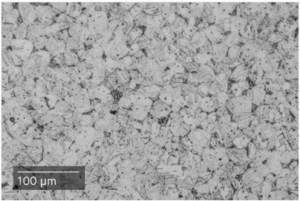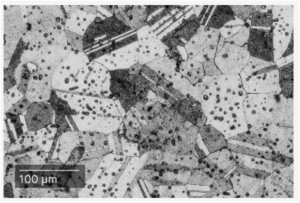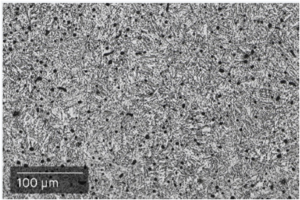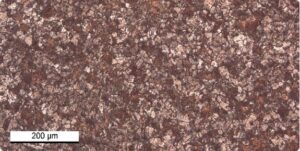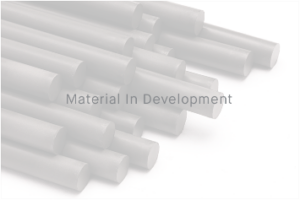17-4 ph stainless steel
17-4 PH stainless steel is a precipitation hardening steel used in a wide range of industrial applications including those with mildly corrosive environments and high-strength requirements.
Applications
- Manufacturing machinery
- Chemical processing
- Food processing
- Pump components
- Valves
- Fasteners
- Jigs and fixtures

 3D Printing Software :
3D Printing Software :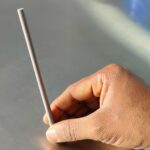
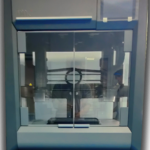 Dictated by software, this is the physical process by which the 3D printers deposit material layer-by-layer in the shape of a part. The specifics of this process impact part quality, precision, and print time
Dictated by software, this is the physical process by which the 3D printers deposit material layer-by-layer in the shape of a part. The specifics of this process impact part quality, precision, and print time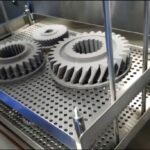
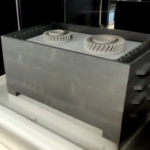 Sintering :
Sintering :